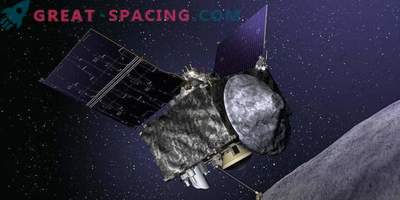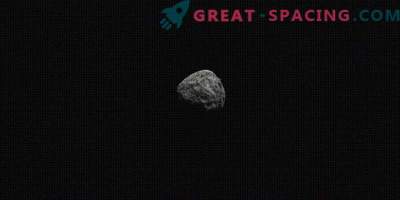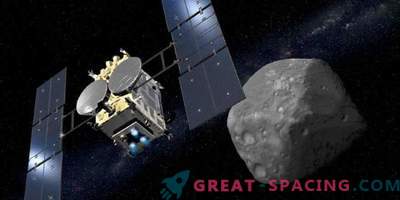
Photo of the asteroid Bennu from the OSIRIS-REx spacecraft at a distance of 80 km
While the Japanese mission celebrates the recent extraction of samples from the asteroid Ryugu, the American spacecraft OSIRIS-REx is only planning a future descent. Asteroid Bennu interests researchers, but scares earthlings, as it may one day collapse on our planet.
Asteroid Bennu
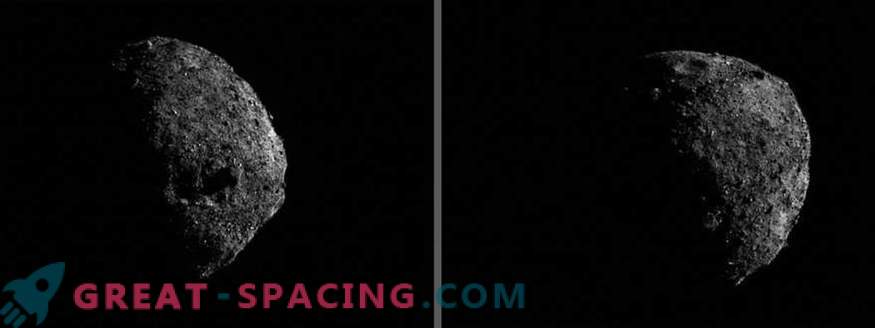
The OSIRIS-REx spacecraft on January 17 received the first images of Bennu's south pole
The 510-meter near-earth asteroid moves along an elliptical orbital path around the sun, spending 1.13 a turn. e. We have before us a representative of the spectral class B, which are considered a rare type of carbon asteroids. Why is it important to researchers? Because it is in such objects that the initial building material is hidden, from which the entire Solar System originated. In fact, we have the opportunity to get acquainted with the evolution of the native system as closely as possible.
However, scientists are watching him for a reason. There is a risk that in 2123 this object will collide with the Earth. Unfortunately, it does not burn in the atmospheric layer. Estimates show that a fall equates to a 1,150 megaton explosion (the TNT equivalent). This is a real disaster. Therefore, researchers are considering the possibility of coming up with a plan to change its orbit in order to move it away from the planet.
OSIRIS-REx Mission
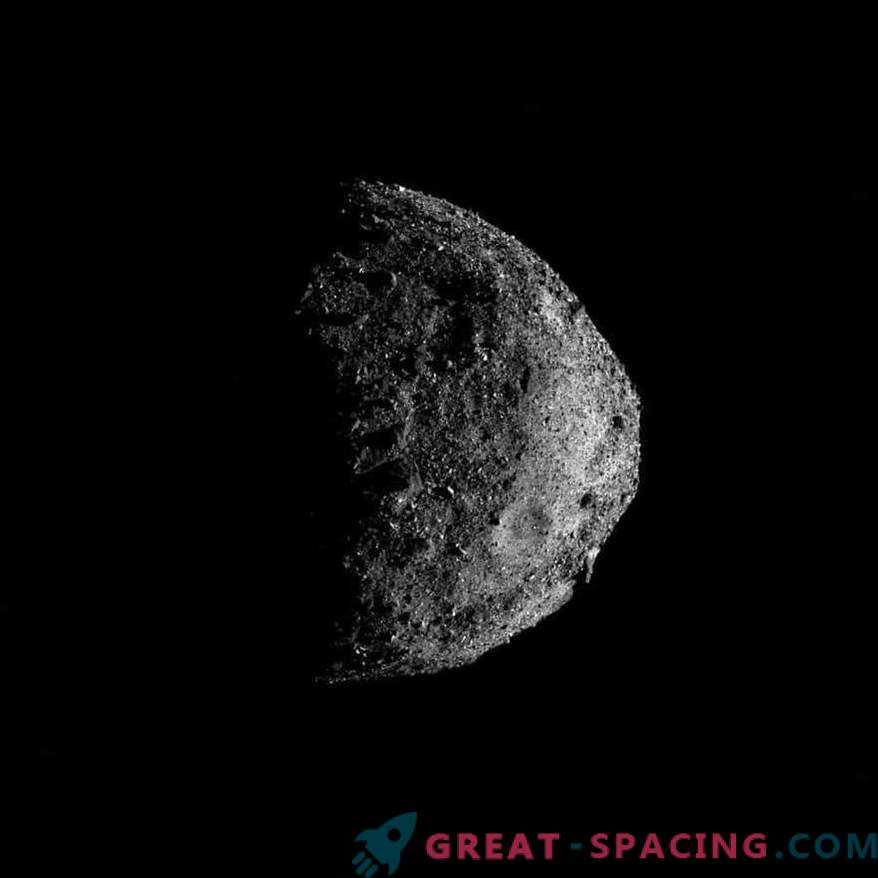
The OSIRIS-REx spacecraft captures the Bennu asteroid's south pole before reaching the orbit around it.
The spacecraft was launched in 2016 using the Atlas-5 rocket. In 2018, the unit entrenched in the Bennu orbit. It was planned that at the beginning of 2019 the first soil samples could be obtained. However, the attempt decided to move. Now the ship sends surface photographs to Earth to find a safe place.
In this regard, NASA even offered amateur astronomers cooperation. Anyone can study the sent pictures and suggest a landing area that seems relatively flat. The main goal is to find points with volcanoes, mountains and craters, so that OSIRIS-REx would not crash (it would be sad for a mission worth $ 800 million).
During the study, scientists will have time to form a 3D map of the Bennu surface, as well as make a preliminary analysis of the chemical composition. They suspect that there may be water reserves and organic compounds inside, which once again will make it possible to determine the role of carbon asteroids in the origin of terrestrial life. They plan to explore the surface until March 2021, after which they will attempt to take samples. If everything works out, then in September 2023, the device will return to Earth. For delivery use a capsule that safely passes through the atmospheric layer of the planet.
Postscript
NASA representatives are waiting for suggestions from volunteers about the choice of location for landing. In the future, scientists will continue to monitor the asteroid to take action in the event of a potential risk of collision. The only problem is that we have only projects and experiments, but there is no effective method of deviating the object from the orbit or urgent destruction.
